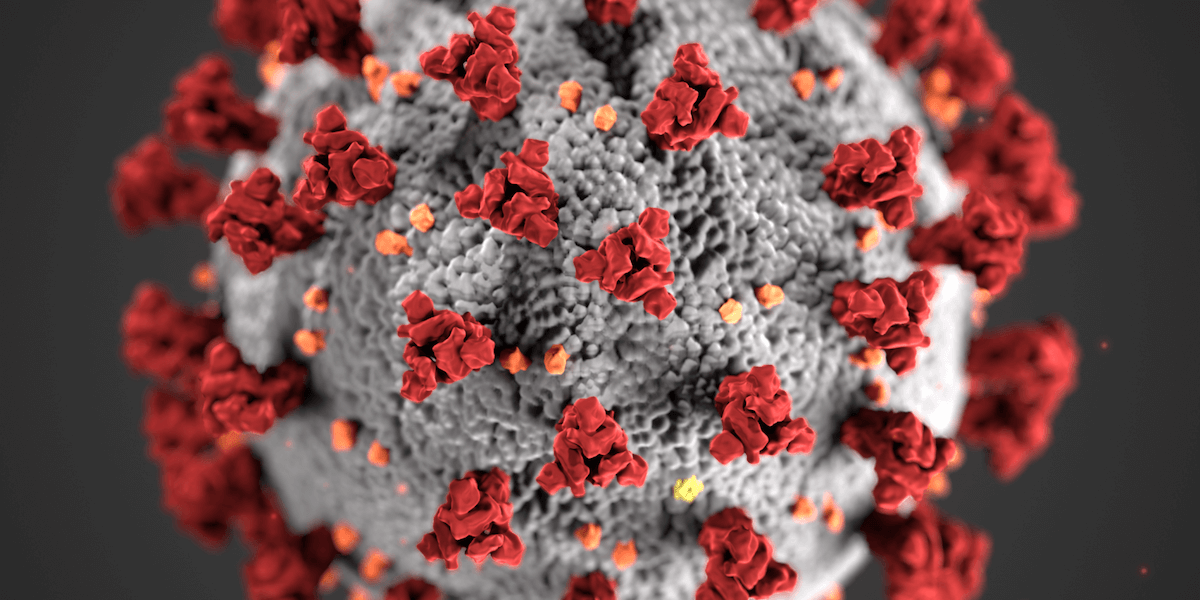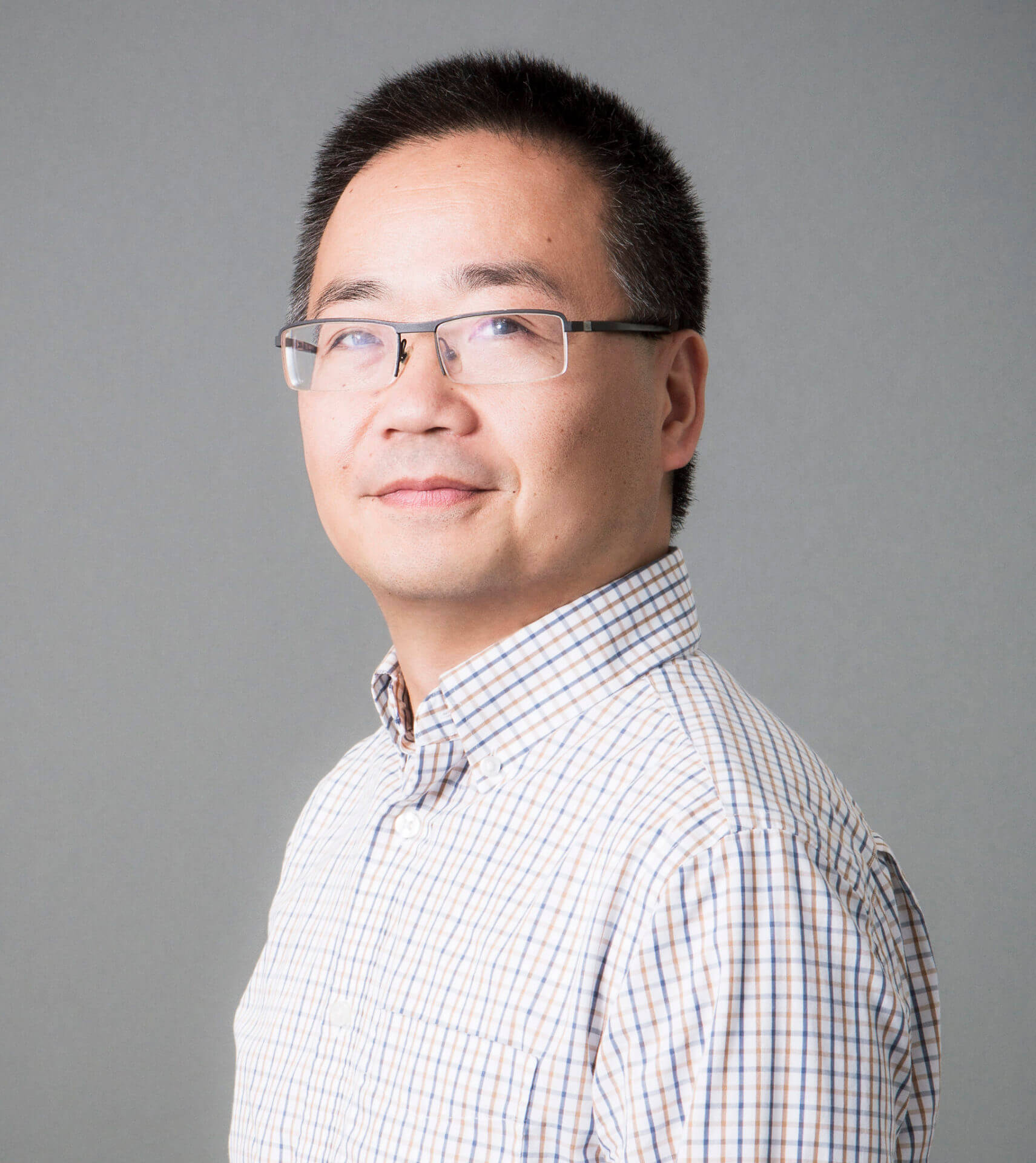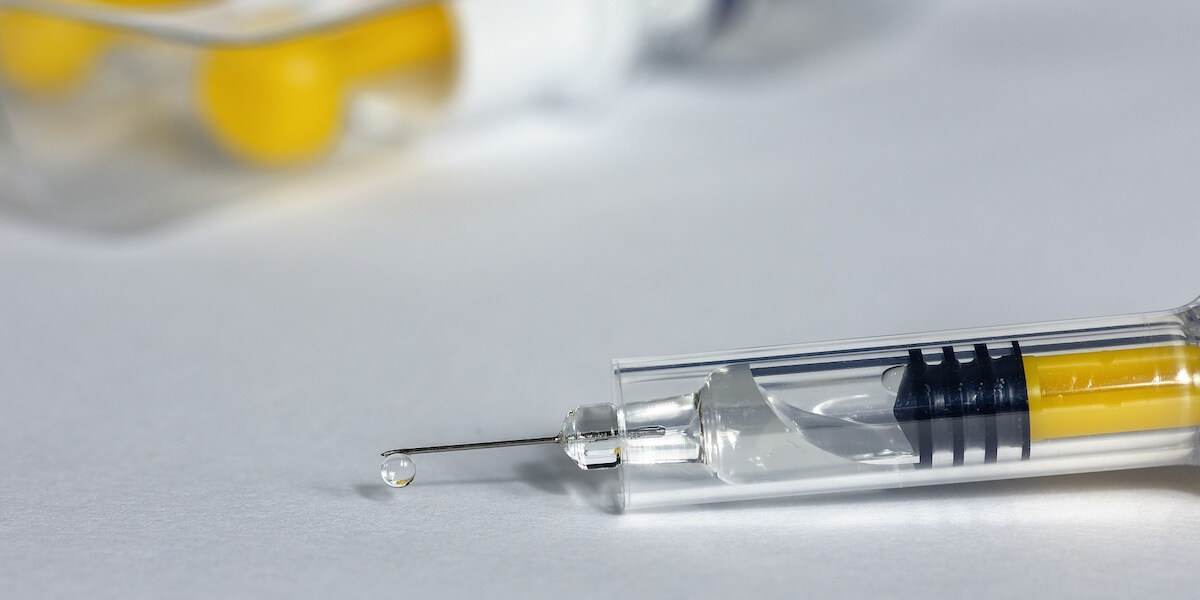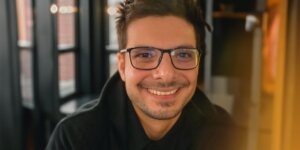
Researchers in the Mork Family Department of Chemical Engineering and Materials Science are working on a vaccine and treatments for the COVID-19 coronavirus. IMAGE/CDC
As the worldwide spread of the COVID-19 virus continues, with countries facing lockdowns and hospitals dealing with unprecedented demand, a research team at the USC Viterbi School of Engineering is working around the clock on a new vaccine.
The team is also looking at isolating the human antibodies that can successfully fight the viral infection, in order to create working therapeutic treatments to improve recovery times for COVID-19 patients.
The research is led by Pin Wang, Zohrab A. Kaprielian Fellow in Engineering and Professor of Chemical Engineering and Materials Science and Biomedical Engineering. Wang’s lab specializes in the emerging field of immunobioengineering, which uses engineering tools to better understand the immune system and to develop novel molecular and cellular immunotherapies.
To create the vaccine, Wang and his team have engineered a hybrid virus, the core of which is based on that of the vesicular stomatitis virus (VSV); a family of viruses which include rabies among others. The surface of the hybrid virus is then covered with spike proteins derived from the COVID-19 virus.

Pin Wang, Zohrab A. Kaprielian Fellow in Engineering and Professor of Chemical Engineering and Materials Science and Biomedical Engineering.
“The reason that this hybrid virus can be a good vaccine format, is that by having the COVID-19 surface protein, this can hopefully trick our immune system into recognizing it,” Wang said. “That way we can induce the neutralizing antibody to stop the virus from infecting us in future.”
“We are hoping we’ll have a very potent product, compared to other vaccine platforms,” he said.
This type of vaccine is known as a vectored vaccine, and does not contain the harmful components of original viruses, and thus has safety benefits as opposed to vaccine forms using live-attenuated viruses.
Wang said the vaccine research was also looking into how our cells’ immune response works to combat the virus so that this process can be replicated in the development of therapeutics to manage COVID-19.
“If we can immunize animals like mice, then we can isolate the B cells that that can generate antibodies; antibodies that can neutralize the virus,” Wang said.
“So say a patient is infected by the disease, we could directly infuse the antibodies into the patient to block the virus,” he said.
Wang and his team have been in the early stages of vaccine development for the last month and have started to see positive results in the lab. Researchers around the world are concurrently working on various approaches to a vaccine across different vaccine platforms.
“We recognize that this virus has a very different life cycle to other viruses and affects a very broad population,” Wang said. “So it’s important for the research community to test all different kinds of vaccine platforms. So that we can ensure at least one of them will work.”
Wang said that it was important in the lifecycle of vaccine development that adequate time is taken to conduct rigorous human trials, which can take around 18 months.
“We also need to demonstrate that this vaccine data can generate sufficient immunity to block COVID-19, so that takes time,” Wang said.
“We know it’s time-sensitive and everyone wants to get a vaccine as soon as possible, but we don’t want to generate something that may cause harm to populations,” he said.

WANG’S RESEARCH TEAM HAS CREATED A VECTORED VACCINE BASED ON AN ENGINEERED HYBRID VIRUS THAT CONTAINS COVID-19 SURFACE PROTEINS TO TRIGGER AN IMMUNE RESPONSE. IMAGE/PIXABAY
Given current health and safety requirements, Wang and his team have also faced the unusual challenge of needing to conduct globally-important, time-sensitive lab-based research while maintaining adequate levels of social distancing.
Wang said that his lab had stopped all other experiments so that the team can focus on this program, and has organized for no more than two researchers to be in the lab at the same time.
“We are making sure that even in the lab environment we are keeping our distance,” Wang said. “We always try to schedule things so some start early in the morning, and other people will come in a little later, so that people are not working at the same time.”
“But you know that researchers are really determined. Everyone in my team feels this is important and are determined to work on this as much as possible,” Wang said.
Published on March 25th, 2020
Last updated on April 8th, 2021













